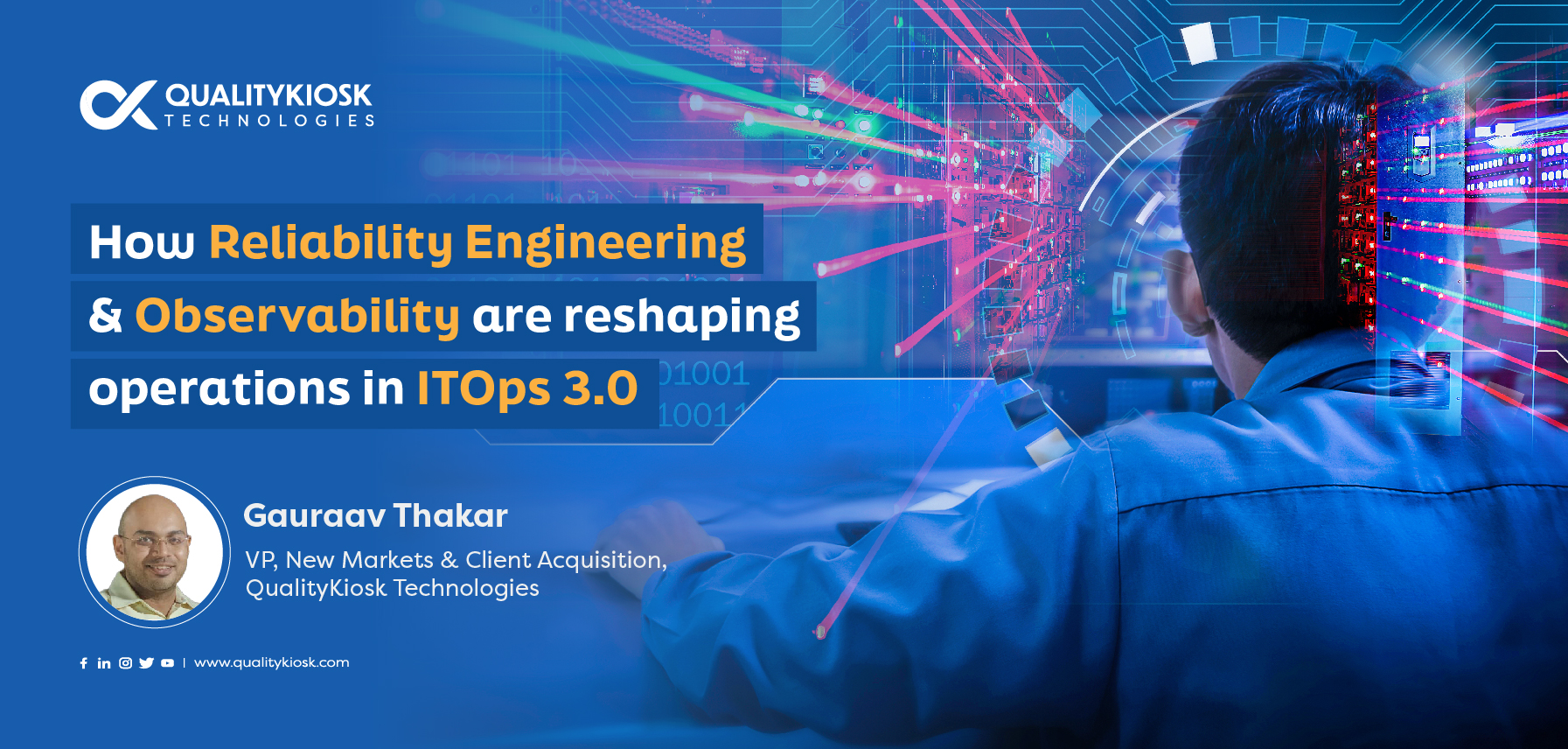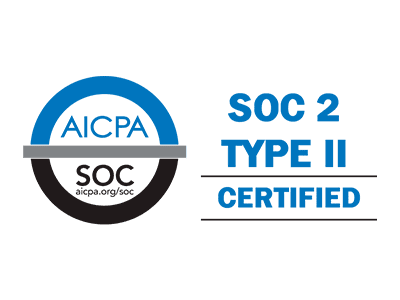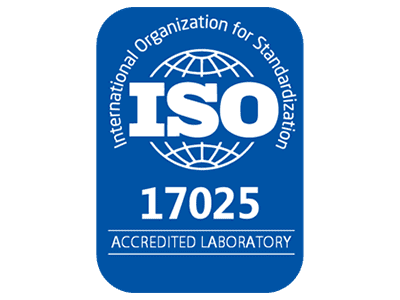How Reliability Engineering and Observability are reshaping operations in ITOps 3.0
Making a purchase today is simple and hassle-free. You open your eCommerce app, browse for the product you want, add it to the cart, select the delivery address, pay through any of the different options convenient to you, and authorize the transaction – all from one single mobile application. Although this level of streamlined customer journey would’ve been considered impractical just a few years ago, it is expected in the current digital economy.
So, a digital-first business approach is not a norm but a necessity now as customers demand instant services and gratification across multiple platforms. This shift in mindset has put both the development and the operations teams on their toes. While it keeps the teams nimble and agile to the changing requirements, the other side of the coin is the growing complexity of modern applications.
Back in the day, organizations worked on only 1 to 2 releases or upgrades over a long period of time, but that has changed drastically.
Development and IT operations teams make daily and weekly upgrades to multiple applications in the pursuit of delivering consistent and reliable experience to end users. However, complexity of these modern applications increases as they are powered by an ecosystem codependent on third-party integrations and APIs.
In the example mentioned earlier, the eCommerce app is connected to a personalization engine, messaging platforms, and a payment gateway, among other things, to streamline the end-to-end shopping experience. A smooth workflow across multiple components is key.
The existing application scenario looks something like this:
- Organizations have one core system that is integrated to multiple equally significant applications
- A comprehensive customer experience is built on an ecosystem of applications, APIs, services and third-party dependencies
- DevSecOps has become the backbone of the current agile development approach having moved from the traditional waterfall process
- Delivering omnichannel, multi-model digital value and experience comes with quite a few roadblocks
- Implementing localization strategies, compliance and regulatory requirements makes application development challenging
- Performance benchmarking transcends through industry borders with users comparing the experience of the Amazon app with a pure banking solution
DevOps did an amazing job at breaking down silos between development and IT operations teams to suit the necessities of modern application development. Although it facilitated faster development at scale, reliability and performance were still unaddressed. And to ensure seamless customer experience, Site Reliability Engineering (SRE) came into picture.
Site Reliability Engineering
SRE is the practice of applying software engineering principles when managing IT operations and infrastructure to deliver resilient and reliable applications. It works towards minimizing IT risks by automating operational tasks, without compromising on the delivery speed. Google’s VP of Engineering Ben Sloss, who coined ‘Site Reliability Engineering’ described it as ‘It’s what happens when you ask a software engineer to design an operation function.’
SRE ensures system reliability through a more proactive QA approach to monitor software, identify issues, mitigate risks, and run postmortem analysis.
In a development approach that focuses more on uptime, scalability, and security, SRE has emphasized the importance of tracking results, measuring performance, and improving systems. These SRE principles are achieved through:
Application monitoring
SRE team monitors your application performance by tracking service-level agreements (SLAs), service-level indicators (SLIs), and service-level objectives (SLOs) after the software is deployed in production.
Implementation of changes
Implement changes to your application gradually to ensure system reliability. Through SRE automation, you can place a repeatable workflow to mitigate risk, while speeding up the implementation process.
Automated reliability
Integrate reliability principles in every phase of the delivery pipeline, and automate resolutions when problems arise. It helps you implement reliability guardrails based on SLAs and SLIs.
Observability with SRE
Through SRE, you can implement a sound observability strategy to identify unusual behaviors in the application, collect data points for developers, and mitigate risks proactively. You achieve broad observability by collecting information to help streamline software performance and address latency issues.
An SRE platform collect the below data:
Metrics
Metrics are data points that represent your application performance and to evaluate if the software is consuming adequate resources or if the system is behaving abnormally.
Logs
It involves the collection of timestamped information regarding specific events, which is used to understand the sequence of events that caused a particular issue.
Traces
These are typically a form of breadcrumbs to track the path of a function in a distributed system. It comprises ID, name, and time.
To ensure effective monitoring of the software system, SRE introduced ‘four golden signals of monitoring’:
- Latency – Denotes the time gap between a user’s action and an application’s response
- Traffic – Measures the total number of requests that were triggered or initiated by users
- Errors – Gathers the number of requests that had errors at a given period
- Saturation – Gives metrics of the load running on your network or server resources
What Are Organizations Looking For?
When your development and operations teams are working independently – irrespective of DevOps – it creates friction in application performance as well as in root cause analysis. This will lead to escalation calls and war room meetings at odd hours. However, with a sound SRE and observability strategy, you can achieve:
- Ability to fulfill 99.9% of the digital requests successfully and delight 99.9% of users, consistently
- Ability to fulfill 99.9% of the digital requests within a target response time, typically less than 2 seconds
- Ability to transform and evolve without an impact on Reliability/Stability that degrades the experience or services
- Ability to be autonomous, productive, and efficient with a focus on velocity and time to market
Building Digital Immunity
Building a robust digital immune system sounds easier said than done; multiple application ecosystems, processes, varying underlying technologies & tools, and different stakeholders makes this furthermore challenging.
The question that needs to be answered is how you ensure your services and applications are digitally immune and resilient to anomalies and software bugs. Traditionally, we have been taught to look at system uptime, scalability, security, and customer experience analysis – but have we looked at these parameters from the lens of reliability? The digital immune system is how you mitigate business risks.
Reliability Engineering is how you bridge the gap between Dev, QA, and Ops to perceive challenges that were grey before to govern service management and improve customer experience. Combine that with Observability into your applications to mitigate reliability and resilience issues and improve user experience.
To learn how you can optimize the performance of your applications and protect your services from business risks with Reliability and Observability, connect with our experts by writing to gauraav@qualitykiosk.com.
About the Author

Gauraav is a sales and marketing professional and a keen technology enthusiast. At QualityKiosk, he leads the new market & customer acquisition function and drives strategic initiatives. Prior to QualityKiosk, Gauraav has built marketing teams for EXILANT Technologies and Position2, played the role of a techno-functional consultant in the healthcare space with CSC and has interned with FCBUlka Advertising Agency. He holds a dual major in Marketing & Strategy from the Indian Institute of Management, Rohtak, and a mechanical engineering degree from the National Institute of Technology, Silchar. Gauraav’s passions include motorcycling, traveling, public speaking, corporate training, reading, and theatre (performing).




